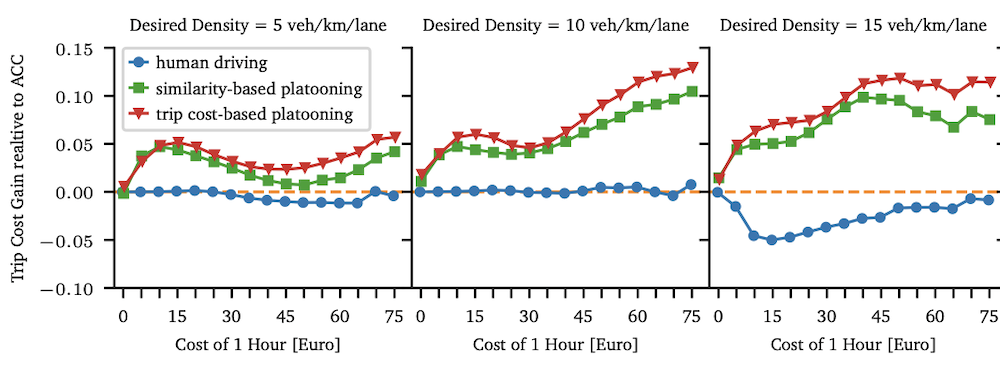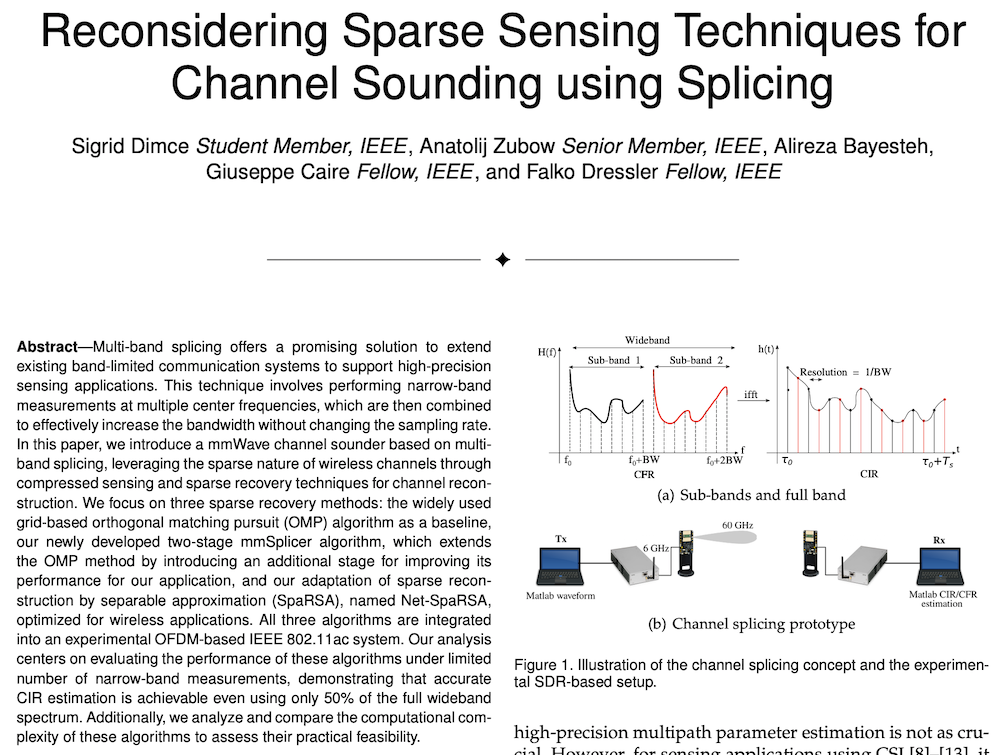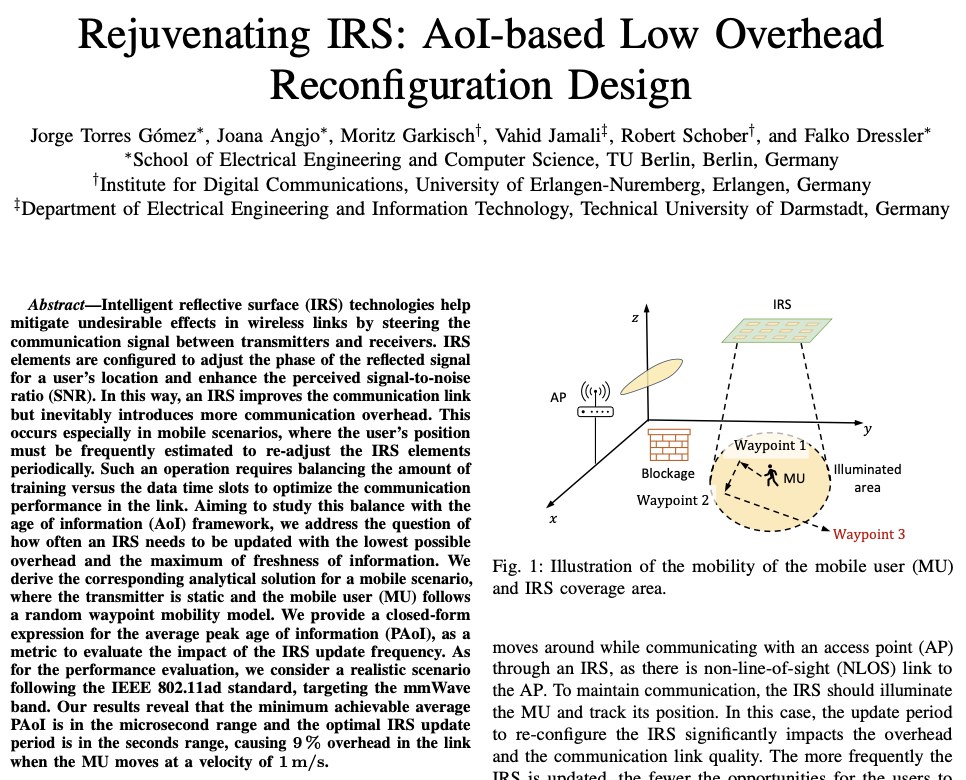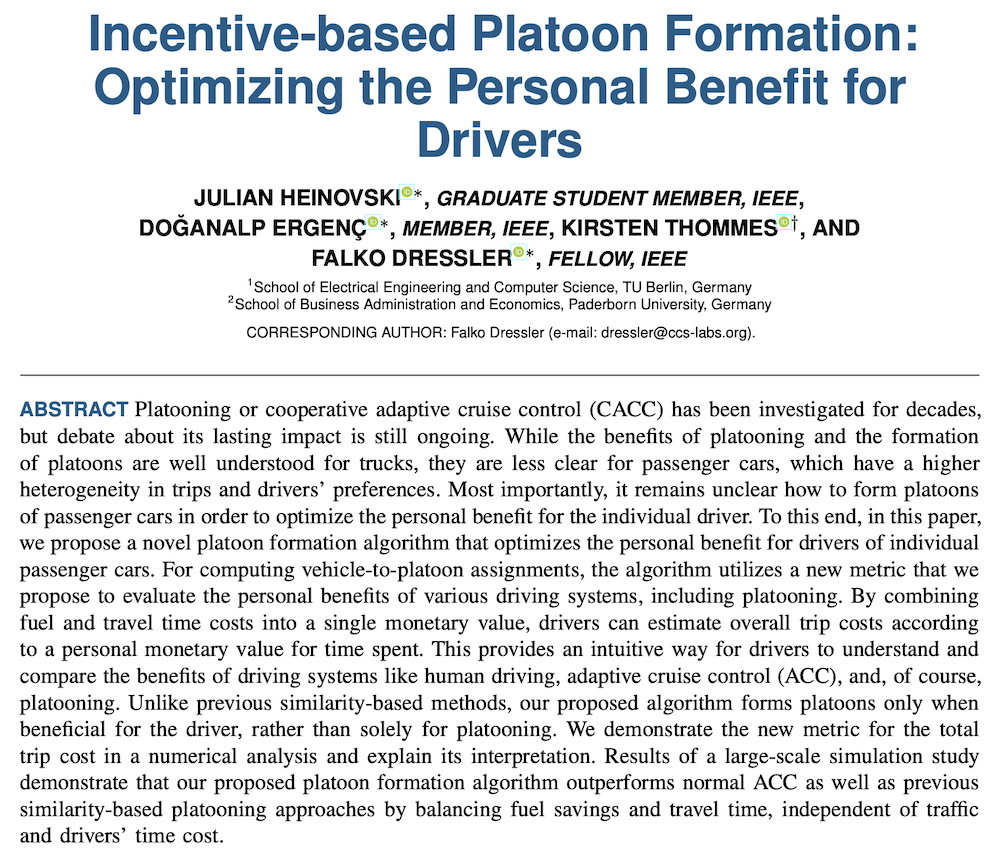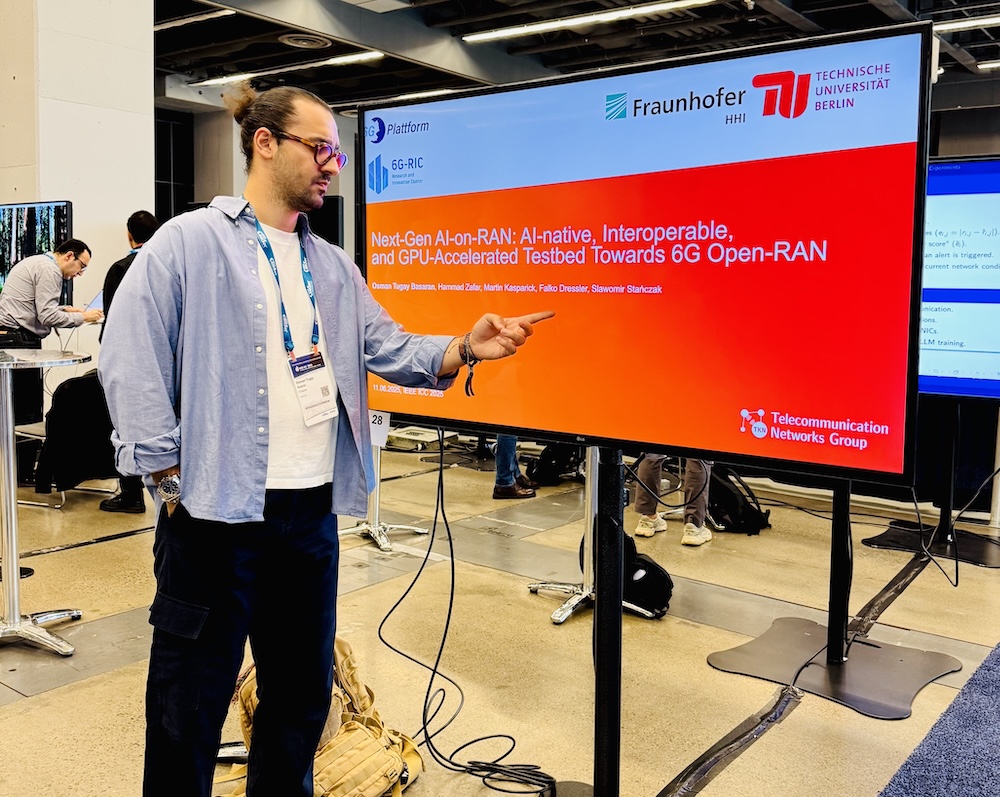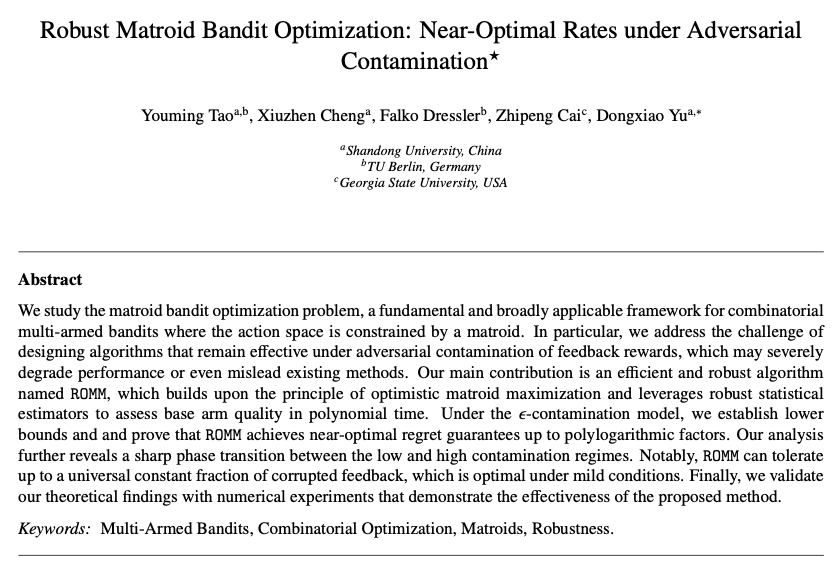Literature Database Entry
dasgupta2014began
Subrata Dasgupta, It Began with Babbage: The Genesis of Computer Science., New York City, NY, Oxford University Press (OUP), 2014.
Abstract
As a field, computer science occupies a unique scientific space, in that its subject matter can exist in both physical and abstract realms. An artifact such as software is both tangible and not, and must be classified as something in between, or "liminal." The study and production of liminal artifacts allows for creative possibilities that are, and have been, possible only in computer science. In It Began With Babbage, Subrata Dasgupta examines the unique history of computer science in terms of its creative innovations, spanning back to Charles Babbage in 1819. Since all artifacts of computer science are conceived with a use in mind, the computer scientist is not concerned with the natural laws that govern disciplines like physics or chemistry; the computer scientist is more concerned with the concept of purpose. This requirement lends itself to a type of creative thinking that, as Dasgupta shows us, has exhibited itself throughout the history of computer science. From Babbage's Difference Engine, through the Second World War, to the establishment of the term "Computer Science" in 1956, It Began With Babbage traces a lively and complete history of computer science.
Quick access
Contact
Subrata Dasgupta
BibTeX reference
@book{dasgupta2014began,
author = {Dasgupta, Subrata},
title = {{It Began with Babbage: The Genesis of Computer Science.}},
isbn = {978-0-19-930941-2},
location = {New York City, NY},
publisher = {Oxford University Press (OUP)},
year = {2014},
}
Copyright notice
Links to final or draft versions of papers are presented here to ensure timely dissemination of scholarly and technical work. Copyright and all rights therein are retained by authors or by other copyright holders. All persons copying this information are expected to adhere to the terms and constraints invoked by each author's copyright. In most cases, these works may not be reposted or distributed for commercial purposes without the explicit permission of the copyright holder.
The following applies to all papers listed above that have IEEE copyrights: Personal use of this material is permitted. However, permission to reprint/republish this material for advertising or promotional purposes or for creating new collective works for resale or redistribution to servers or lists, or to reuse any copyrighted component of this work in other works must be obtained from the IEEE.
The following applies to all papers listed above that are in submission to IEEE conference/workshop proceedings or journals: This work has been submitted to the IEEE for possible publication. Copyright may be transferred without notice, after which this version may no longer be accessible.
The following applies to all papers listed above that have ACM copyrights: ACM COPYRIGHT NOTICE. Permission to make digital or hard copies of part or all of this work for personal or classroom use is granted without fee provided that copies are not made or distributed for profit or commercial advantage and that copies bear this notice and the full citation on the first page. Copyrights for components of this work owned by others than ACM must be honored. Abstracting with credit is permitted. To copy otherwise, to republish, to post on servers, or to redistribute to lists, requires prior specific permission and/or a fee. Request permissions from Publications Dept., ACM, Inc., fax +1 (212) 869-0481, or permissions@acm.org.
The following applies to all SpringerLink papers listed above that have Springer Science+Business Media copyrights: The original publication is available at www.springerlink.com.
This page was automatically generated using BibDB and bib2web.

